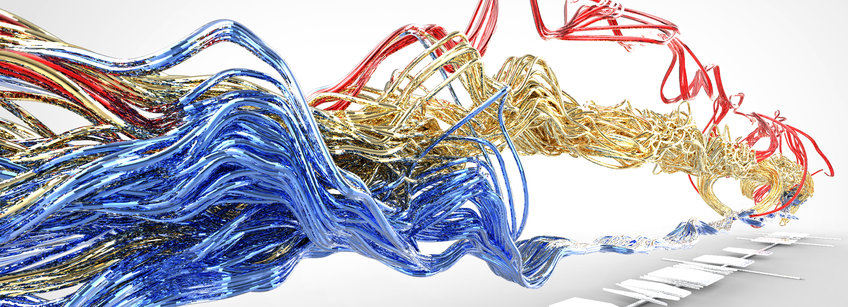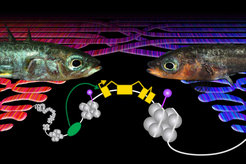
Molecular Mechanisms of Adaptation and Speciation
How does the genome facilitate adaptation and speciation in new environments?
We study genome function in the context of the wild using threespine stickleback fish.

The Jones group studies how variation in genome function in natural populations facilitates adaptation to different environments and the evolution of new species. We combine diverse functional genomic and population genomic techniques to study adaptive divergence in gene regulation, epigenomics, recombination, and adaptation from standing genetic variation.
Our work leverages divergent natural populations and their hybrid zones in a powerful evolutionary model system: threespine stickleback fish.
What We Investigate
Future Plans
Our long term goals are to have mechanistic insight into the genome function in the wild. We aim to understand at a molecular level how the genome interacts with the environment to influence phenotype and adaptation. This genomic understanding provides important insight that will help us identify factors and processes that may facilitate and constrain the evolution of biodiversity.
Selected Publications
Verta J-P, Jones FC (2019) Predominance of cis-regulatory changes in parallel expression divergence of sticklebacks. eLife 2019;8:e43785. PDF
Dreau A, Venu V, Gaspar L, Jones FC (2018) Genome-wide recombination map construction from single individuals using linked-read sequencing. Nature Communications 10:4309-4320. PDF
Indjeian VB, Kingman, G, Jones FC, Guenther C, Grimwood J, Schmutz J, Myers RM, Kingsley DM (2015) Evolving New Skeletal Traits by cis-Regulatory Changes in Bone Morphogenetic Proteins. Cell 164, 45-56. PDF
Jones FC*, Grabherr MG*, Chan YF*, Russell P*, Mauceli E, Zody MC, Pirun M, Johnson J, White S, Birney E, Searle S, Schmutz J, Grimwood J, Dickson MC, Myers RM, Miller CT, Summers BR, Knecht AK, Brady, SD, Zhang H, Pollen AA, Howes T, Amemiya C, Broad Whole Genome Sequencing Platform and Whole Genome Assembly Team, Lander ES, DiPalma F, Lindblad-Toh K, and Kingsley DM (2012) The genomic basis of adaptive evolution in threespine sticklebacks. Nature 484:55-61. PDF
Chan YF, Marks ME, Jones FC, Villarreal G Jr, Shapiro MD, Brady SD, Southwick AM, Absher, DM, Grimwood J, Schmutz J, Myers RM, Petrov D, Jonsson B, Schluter D, Bell MA & Kingsley DM (2010) Adaptive evolution of pelvic reduction in sticklebacks by recurrent deletion of a Pitx1 enhancer. Science 327 (5963): 302-305. PDF




